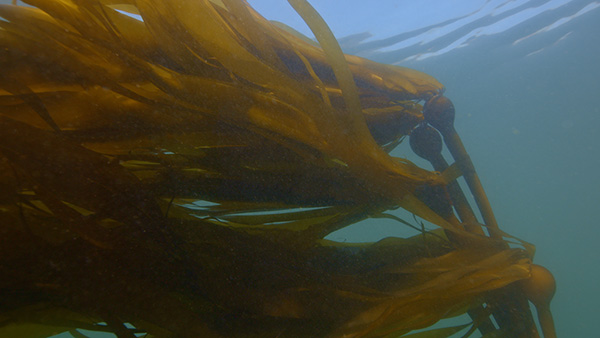
Photos highlighting Greater Farallones National Marine Sanctuary
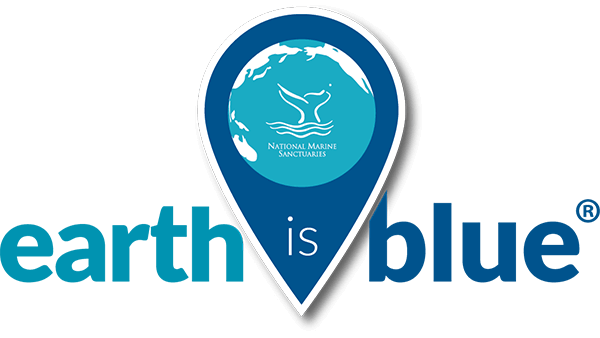
Discover a diversity of habitats and wildlife
View full collection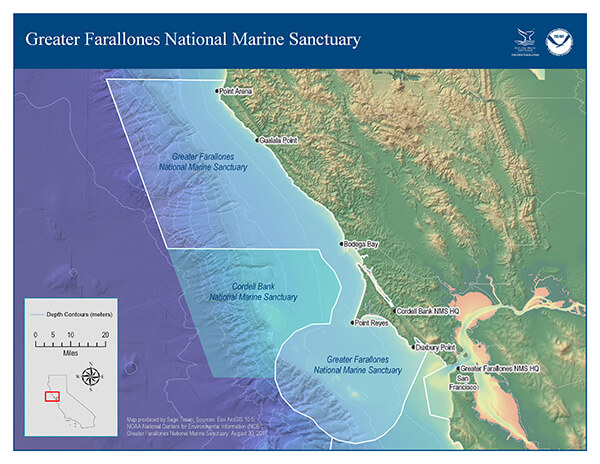
Maps of Greater Farallones National Marine Sanctuary
View Greater Farallones National Marine Sanctuary StoryMaps that geographically illustrate sanctuary information
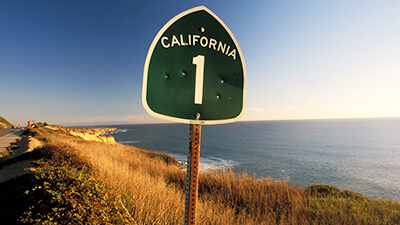
Take a journey along the California coast and the shoreline of Greater Farallones National Marine Sanctuary!

The NOAA Office of National Marine Sanctuaries aims to provide teachers with resources and training to support ocean literacy in America's classrooms.
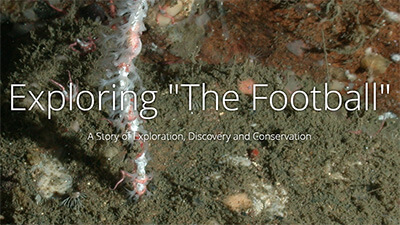
Explore a newly documented area off the Sonoma coast known as "The Football" and learn more about this rocky seafloor terrain and the corals, sponges, and fish that live there.